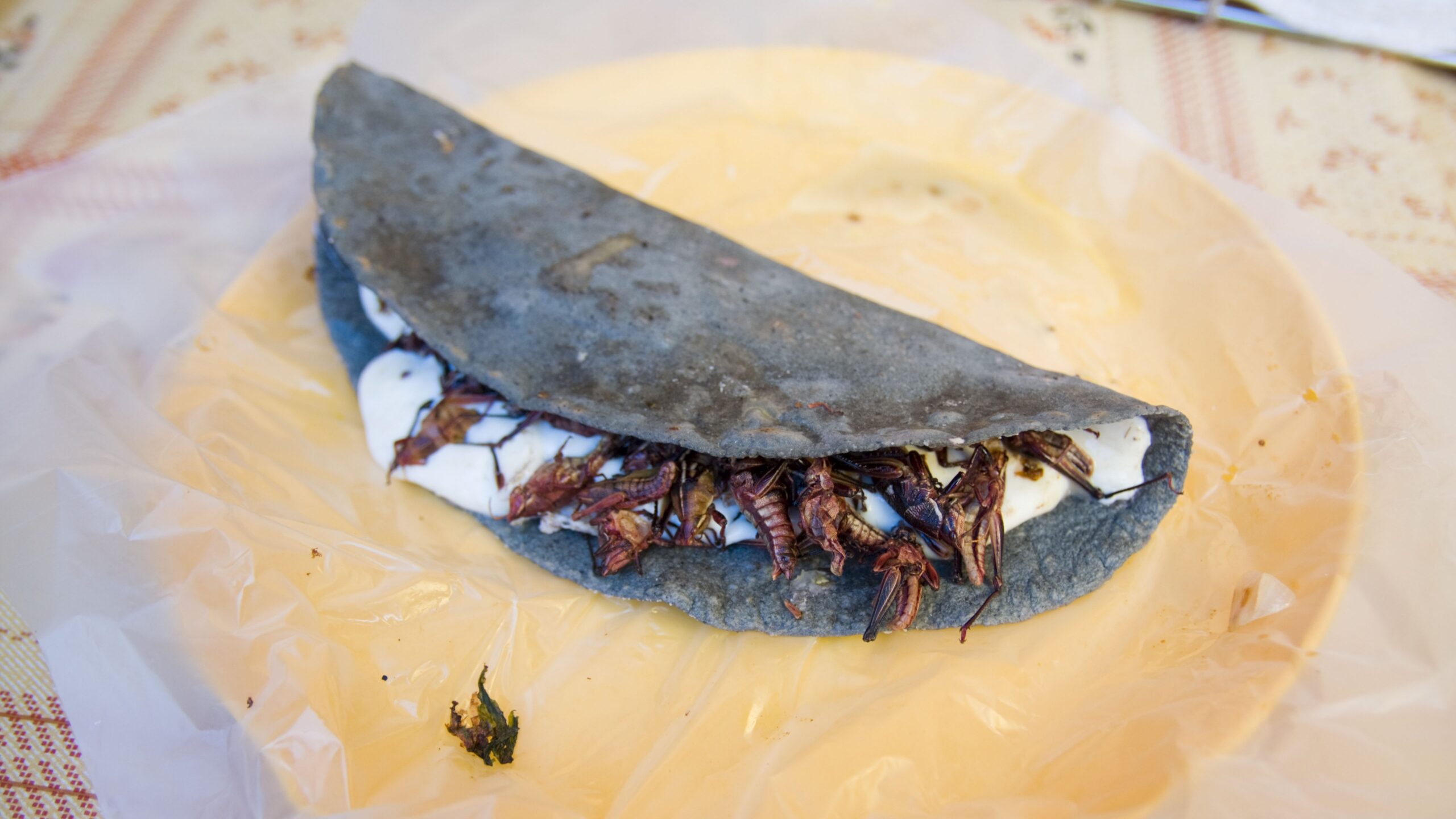From fermented shark meat in Iceland to live octopus in South Korea, this list of 10 weird and wacky foods from around the globe offers a glimpse into different culinary traditions. Escamoles, ant larvae considered a delicacy in Mexico, are known for their nutty flavor and buttery texture. Fried spiders are a popular street food in Cambodia, while in the Philippines, balut – a fertilized duck egg boiled and eaten whole – is a commonly sold snack. Jellied moose nose in Canada and casu marzu, a traditional Italian cheese made by infesting it with maggots, round out the list. Trying new and unusual foods can be a great way to explore different cultures and cuisines.
10 Weird and Wacky Foods from Around the Globe
1. Hákarl – Iceland
Hákarl is a dish made from fermented shark meat that has been buried for months and then hung out to dry. This traditional Icelandic dish is considered a delicacy by the locals, but its smell and taste can be overpowering for those who aren’t used to it.
2. Escamoles – Mexico
Escamoles are ant larvae that are considered a delicacy in Mexico. They are often described as having a nutty taste with a buttery texture, and they are usually served in tacos or omelets.
3. Fried spiders – Cambodia
Fried spiders are a popular street food in Cambodia, where they are often sold by vendors alongside other local delicacies. The spiders are coated in garlic and salt before being fried, and they are said to taste like a mix between chicken and cod.
4. Balut – Philippines
Balut is a fertilized duck egg that is boiled and eaten whole. It is a popular snack in the Philippines, where it is often sold by street vendors. The egg is cooked until the embryo inside is fully formed, which gives it a distinct texture and taste.
5. Sannakji – South Korea
Sannakji is a dish made from live octopus that is cut into small pieces and served immediately. The octopus is still moving when it is served, and it often tries to crawl out of the bowl. It is a delicacy in South Korea, but it is important to be cautious when eating it as the tentacles can still be active.
6. Surströmming – Sweden
Surströmming is a type of fermented herring that is considered a traditional Swedish delicacy. The fermented fish is known for its strong smell, which has been described as being similar to rotten eggs or gas. It is usually eaten with potatoes and onions.
7. Shiokara – Japan
Shiokara is a traditional Japanese dish made from fermented seafood, usually squid or shrimp. The seafood is fermented in salt and then served in small portions. It has a strong, salty taste that is often enjoyed with sake.
8. Jellied Moose Nose – Canada
Jellied moose nose is a traditional Indigenous Canadian dish that is made by boiling a moose’s nose until the meat falls off the bone. The meat is then mixed with spices and gelatin to create a meat jelly that is often served cold.
9. Squirrel – United States
Squirrel is a common dish in many parts of the United States. The meat can be roasted, stewed, or fried, and it is often compared to chicken or rabbit meat in taste and texture.
10. Casu Marzu – Italy
Casu Marzu is a traditional Italian cheese that is made by allowing maggots to infest the cheese and eat through it. The cheese is then aged and served with crackers or bread. It is illegal in many parts of Italy due to health concerns, but it is still enjoyed by some as a delicacy.
Conclusion
These 10 weird and wacky foods from around the globe showcase the incredible diversity of culinary traditions and beliefs around the world. While some may seem bizarre or unappetizing to outsiders, they are often considered delicacies by those who grew up with them. Whether it’s fermented shark meat in Iceland or jellied moose nose in Canada, trying new foods can be a great way to explore and appreciate new cultures.
